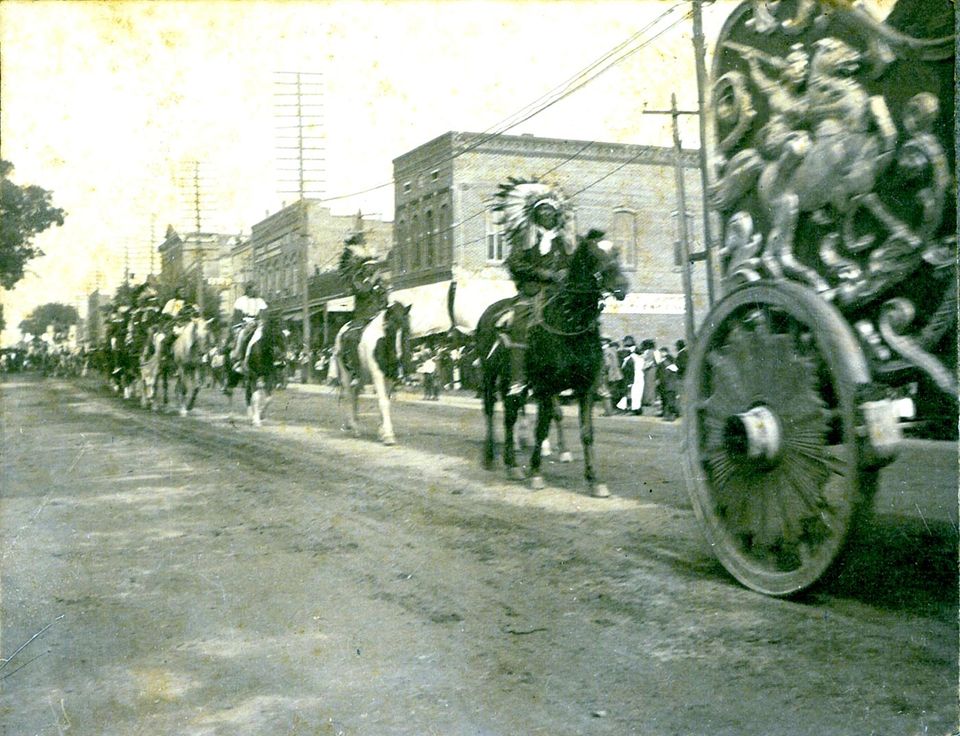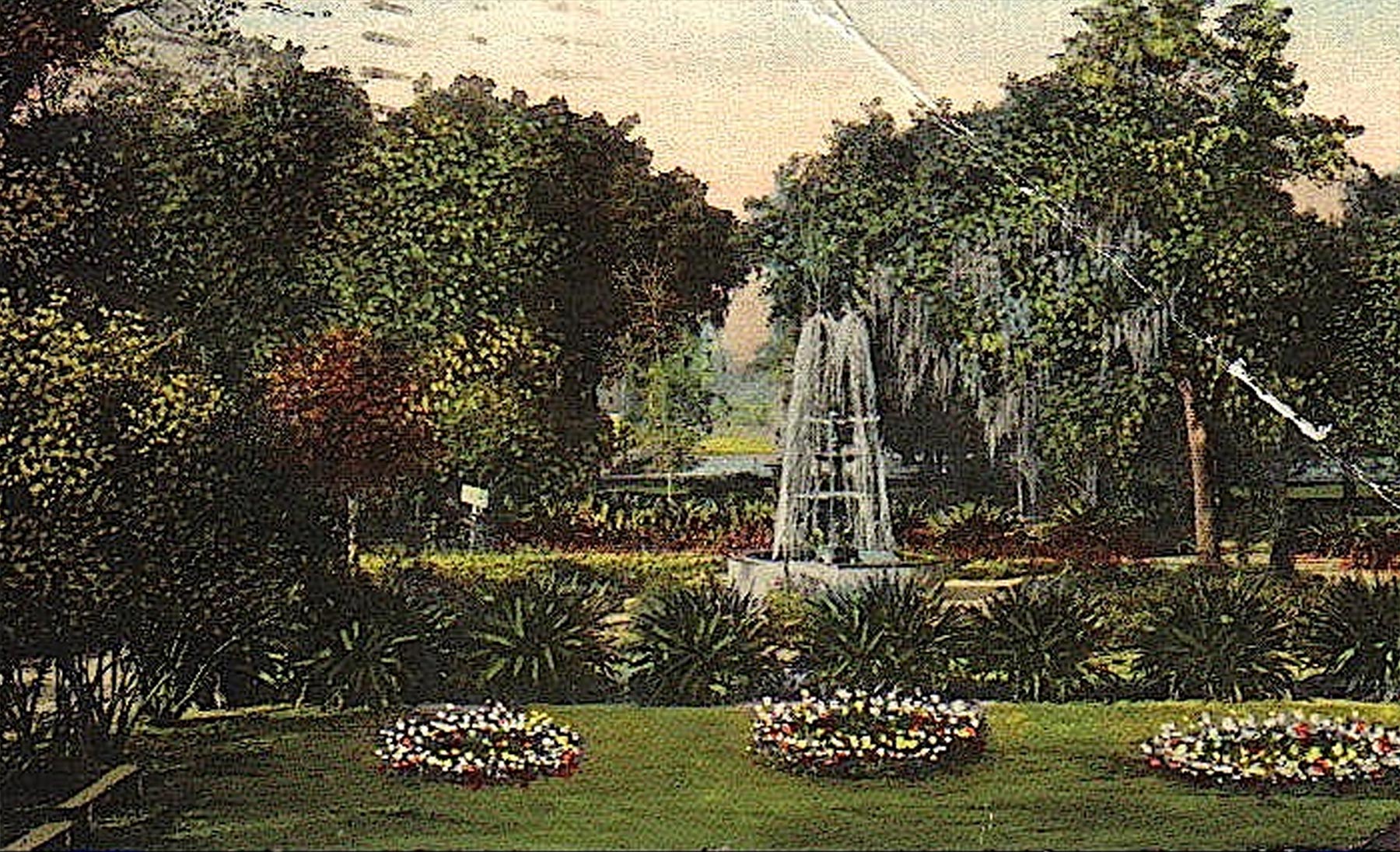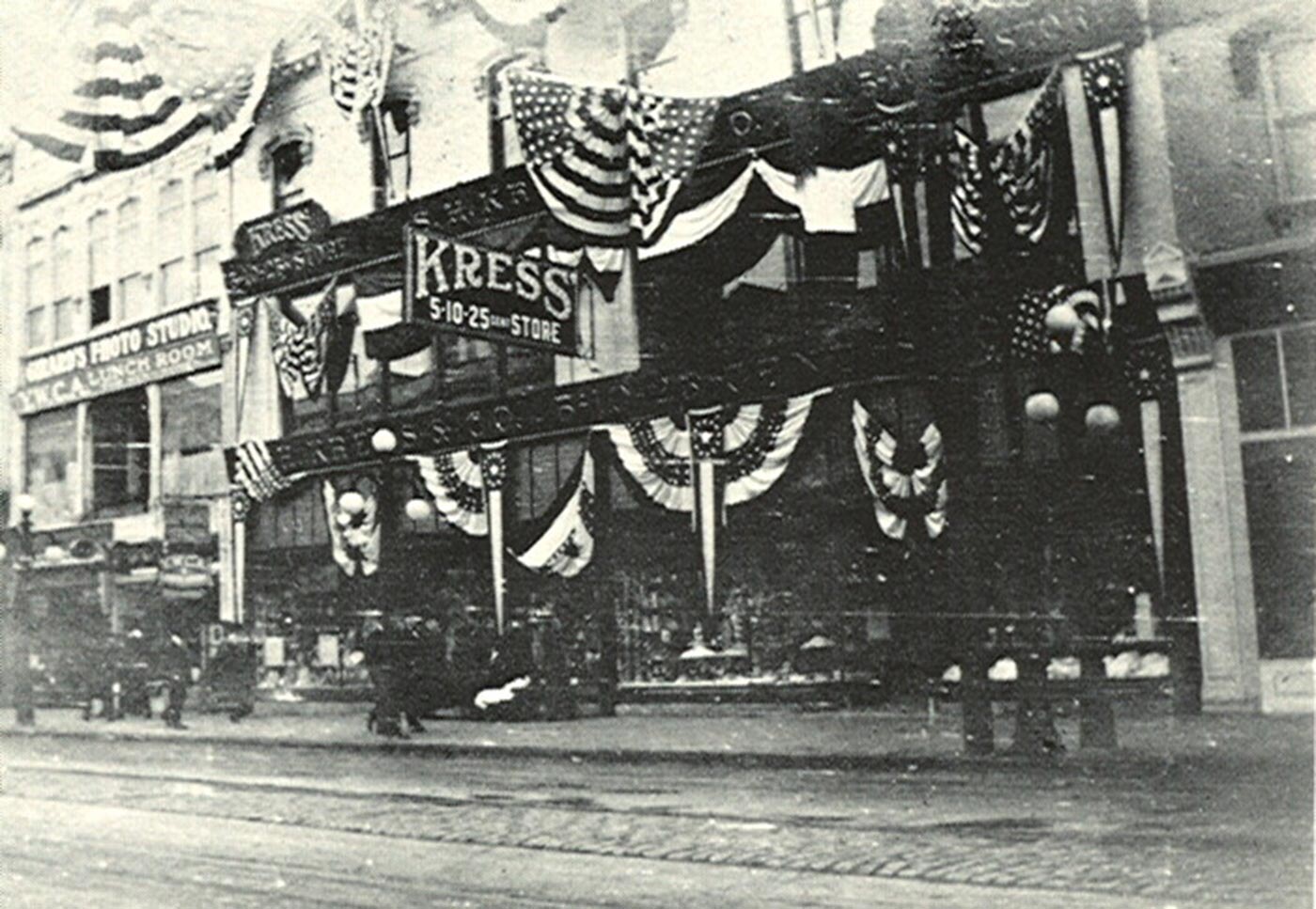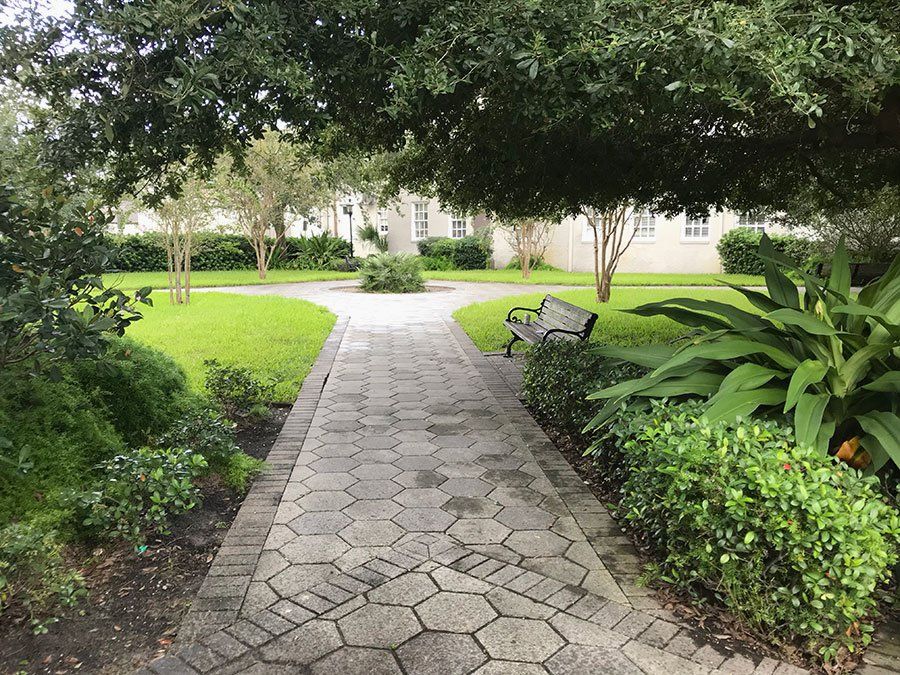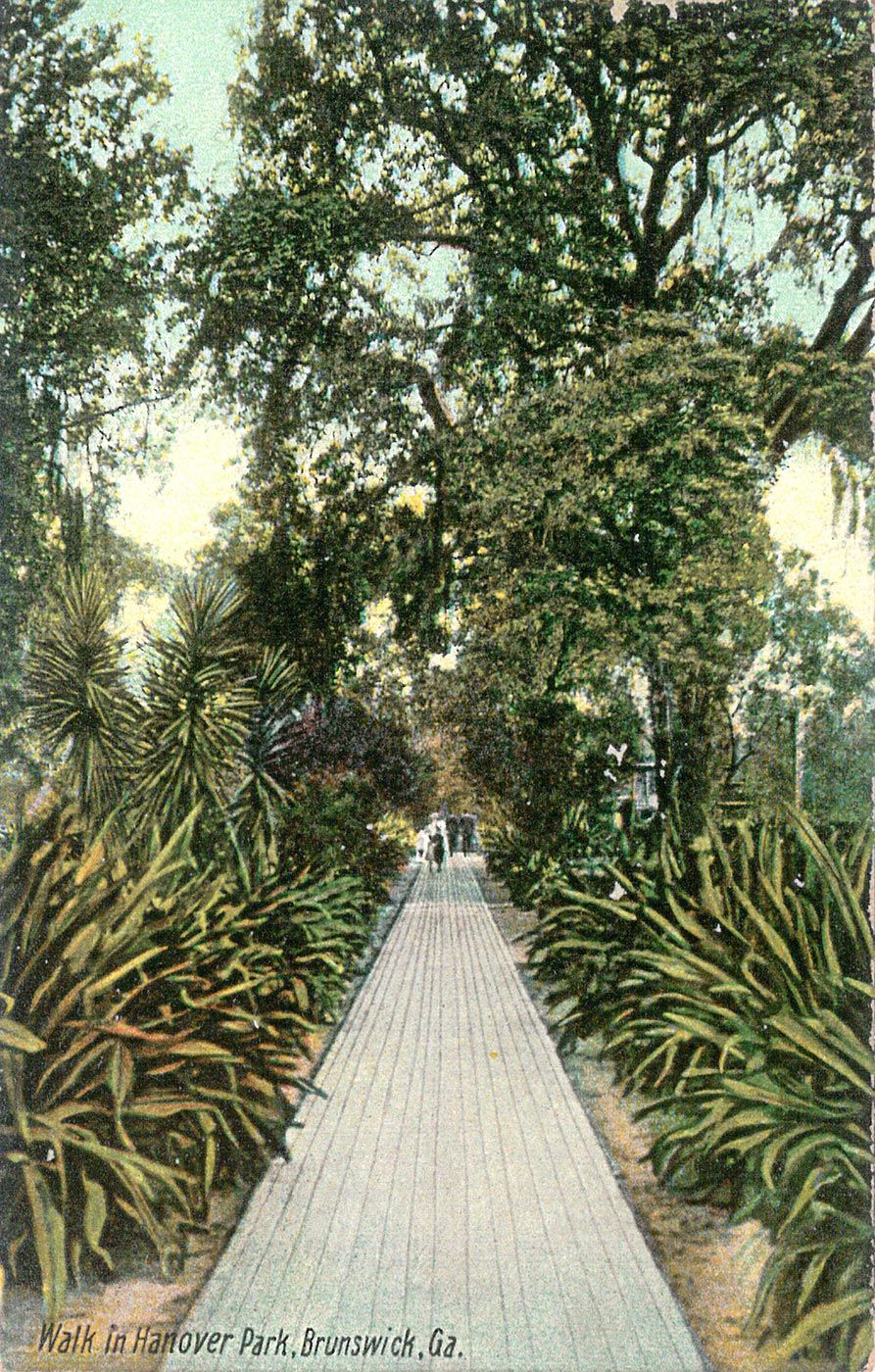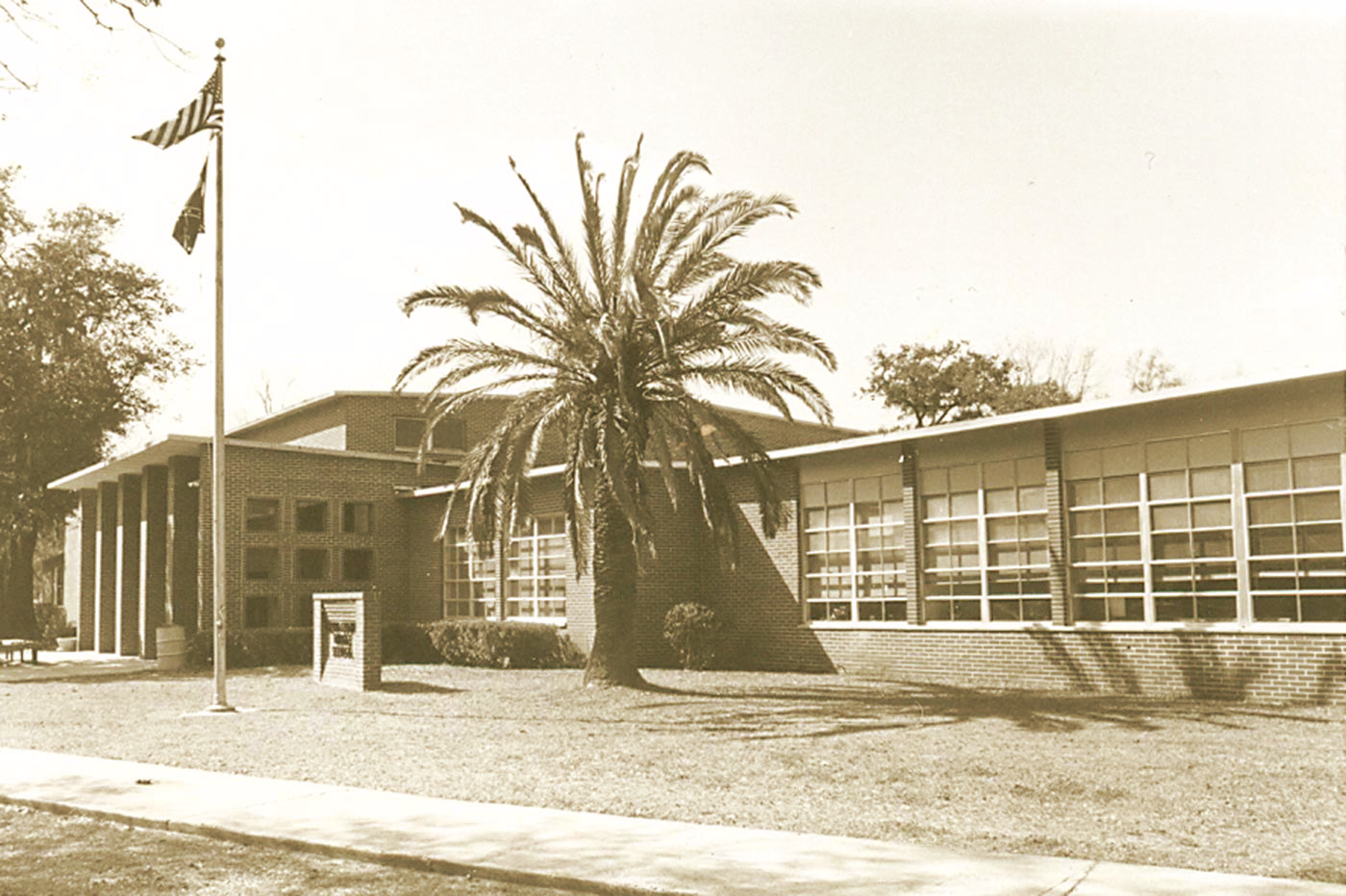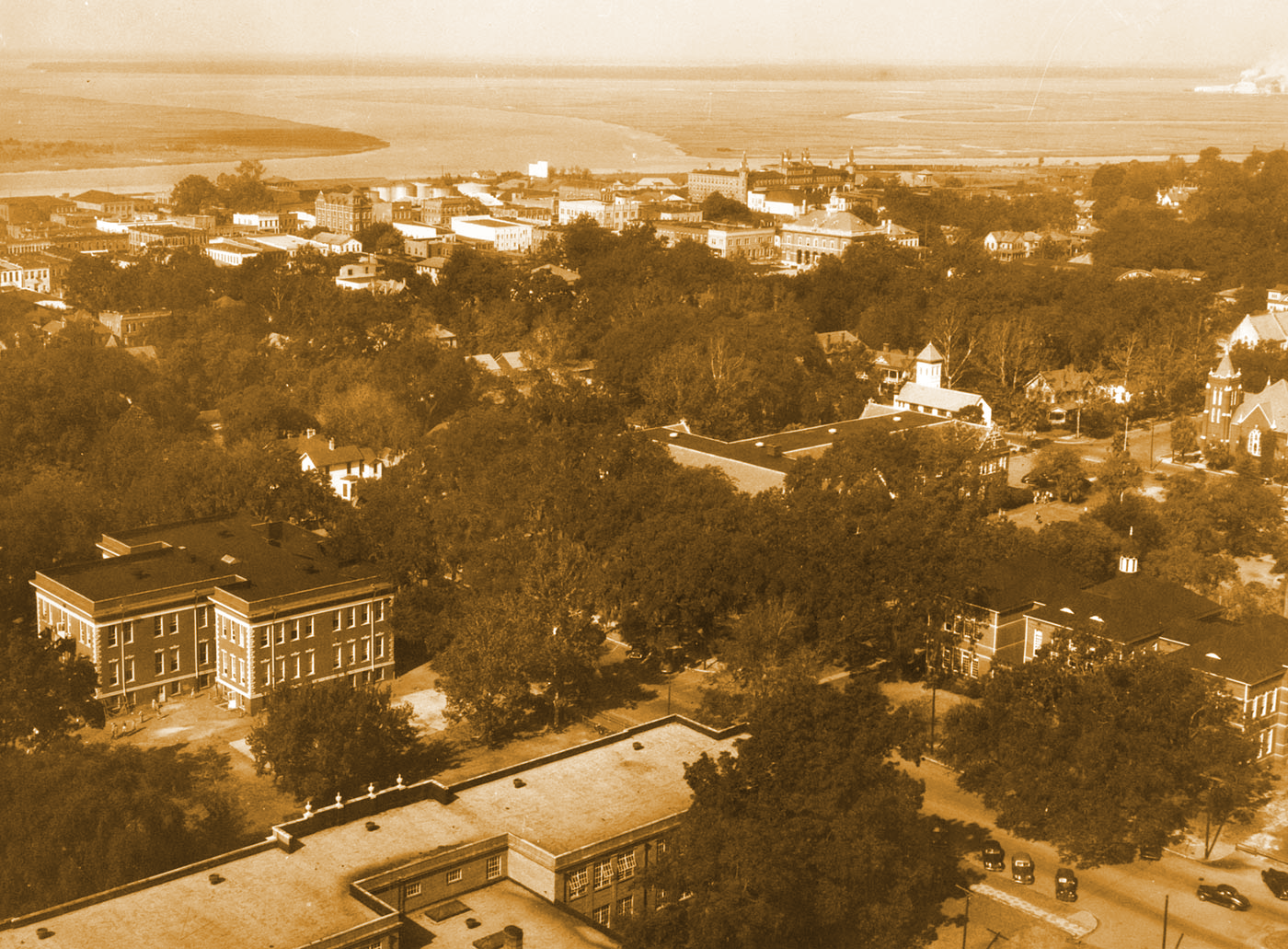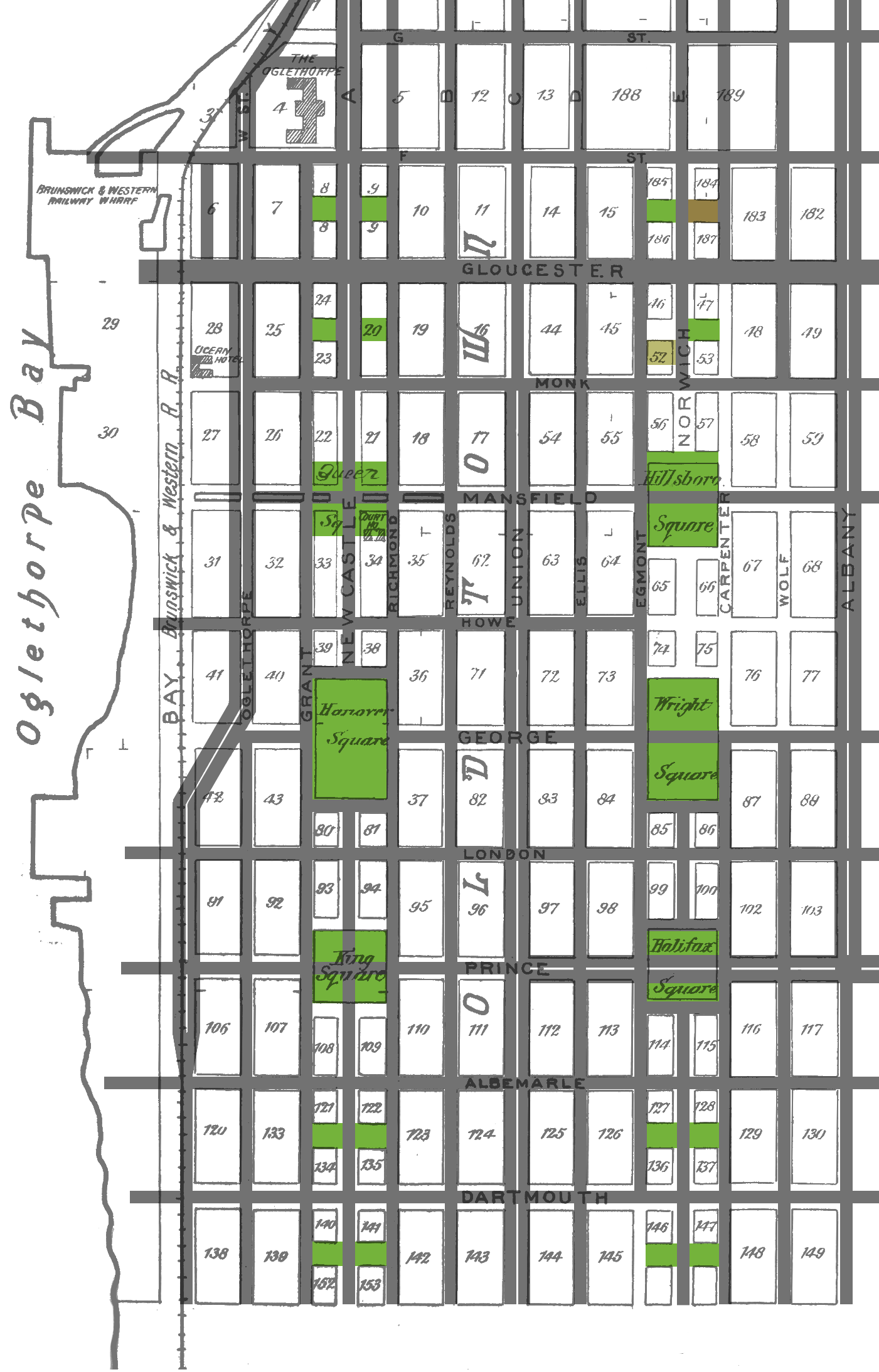"History is who we are, and why we are the way we are."
David McCollugh
American Pulitzer Prize-winning author, historian, and recipient of the Presidential Medal of Freedom
Each of Brunswick’s 14 original squares in the Old Town Historic District has a story to tell, and every story plays an important part of the city’s narrative. The houses of government and businesses bordering squares in the downtown corridor shaped the cultural and economic destiny of our port city. Homes around the residential squares tell the stories of the people who built the city and raised their families here. The preservation of each square is preceded by intensive research into the architectural, horticultural and cultural heritage of the space. The relevance of each structure, past and present, and location of the square are carefully considered before the first brick, shrub or bench is installed. Several of Brunswick’s original squares have been fully restored; there are many left to go.
Origins of Names for the Squares
When the city of Brunswick was established, the colony of Georgia was already 39 years old, having been chartered by General James Edward Oglethorpe
in 1732. When the struggling enterprise was removed from the stewardship of the Trustees, it became a Royal Colony in 1752, 19 years before the city was founded. Ties with Britain were still strong in 1771, when the city was chartered, and plans for its streets and squares formalized. The influence of the alliance with England is more obvious in the naming of some squares, less so in others.
Several squares have a direct association with their namesakes. Others are more mysterious and may have been lost over the turbulent years of the city’s history.
Crispen,
Hillary,
Machen
and
Blythe
Squares could have connections to certain persons or events in Colonial times, but there are no hard facts available at this point in history. The verified affiliation of names includes:
- Wright Square, named for Sir James Wright, the last colonial Governor of Georgia. Wright was a fair and well-respected administrator. He held the office from 1760 until the end of the Revolutionary War.
- Jekyll Square, named for Sir Joseph Jekyll, a powerful advocate for the Colony of Georgia in Parliament. Sir Jekyll and his wife were benefactors as well, contributing their own money to save the colonists from financial ruin and vulnerability to the nearby Spanish in the early days of Georgia.
- Halifax Square, named for George Montagu-Dunk, 2nd Earl of Halifax (1716-1771), President of the Board of Trade from 1748 to 1765. Halifax established the position as a department of the British Cabinet. He was known for his success in promoting American commerce, and became known as "father of the colonies.”
- Hillsborough Square, named for Wills Hill, Earl of Hillsborough, Secretary of State for the Colonies from 1768 to 1772. He also served as the President of the Board of Trade and Plantations, which had jurisdiction over all of the American colonies, until 1768.
- Frederica Square, named for Frederick Louis, the Prince of Wales (1707-1751). Frederick Louis was the father of King George III.
- King and Queen Squares were named to honor the royal rulers of Britain.
- St. Simons and Satilla Squares refer to the barrier island to the east of the city and a nearby river system, respectively.
- Hanover Square was named after the house of Hanover, from which England’s rulers at that time, namely George III, descended.
To learn more about the squares’ heritage and history, please explore the links, below.
